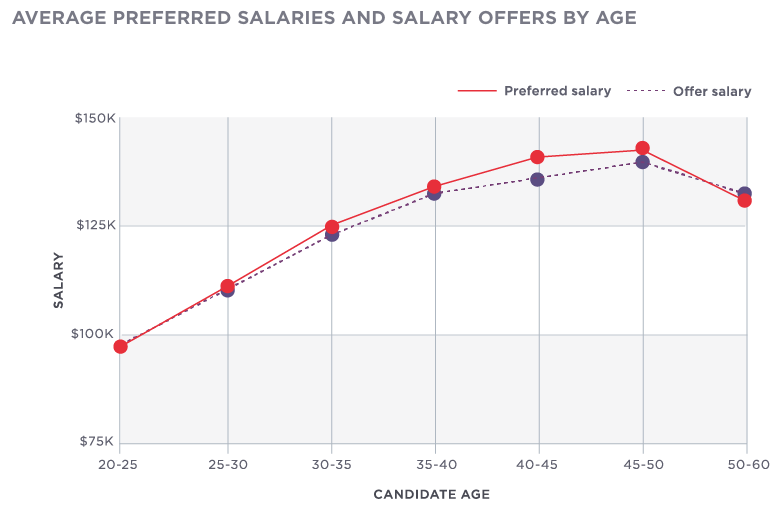Let me give you a quick breakdown of how 100% of your employees feel about the performance rating they will receive this year:
Performance Rating on a 1 (you suck and should be shot) to 5 (we couldn’t live without you):
Rating of 5 –
The message you were trying to send: “We value your contribution. You go above and beyond. You are a top employee. Keep up the great work. We hope others follow your example.”
The message the employee actually received: “Yeah, I know I’m the best, and now you better pay me or I’ll take this awesomeness on the road to someone who appreciates it!”
Rating of 4 –
The message you were trying to send: “You really increased your performance this year. We love having you on the team. There are still some things you can do to be great.”
The message the employee actually received: “Why am I not a 5!? What the hell! I’m way better than every other person on this team. You suck, this job sucks, I knew I should have worked at the other place.”
Rating of 3 –
The message you were trying to send: “You’re meeting expectations for the position. We are thankful for that and your input to the team. We would love to help you strive to reach your goals with us and we have some suggestions.”
The message the employee actually received: “Why do you hate me? I’ve given you everything. I bleed for this company and this is how I’m treated? I better than most people on this team!”
Rating of 2 –
The message you were trying to send: “You’re underperforming for the position, but we really think we can help you reach your potential. We have a plan that will take you to the top if you decide that’s what you want to do, and we want to support you in reaching it.”
The message the employee actually received: “So, this is my 90-day notice? You’re basically paying me to look for a new job, that’s cool. I wasn’t really feeling this one anyway.”
Rating of 1 –
The message you were trying to send: “Look this isn’t working out. You aren’t doing the job you were hired to do and we need that to happen immediately, or else. Are we clear?”
The message the employee actually received: “So, I’m not fired?! Awesome! Can I now go back to not doing the job and you still paying me? Cool!”
You don’t need an employee rating system! Employee rating systems are your home phone land line. You’ve had it for so long and although you rarely ever use it, you just can’t give it up!
We know that the rating systems do almost nothing but cause problems with morale. We use them because we can’t trust our hiring managers to give out raises fairly and equitably. So, a five gets a four percent increase, and a four gets a three percent increase, and…
The reality is study after study has told us for decades to not tie performance ratings to pay increases. Set job-related metrics and goals, and tie your pay increases to those. These are many times different than actual performance in the job.
So, how do you replace your ratings? Force your managers of people to make actual measurable items of performance and then create a framework of conversations on an ongoing basis around expectations, metrics and development. If an employee wants to make more money in a position, it shouldn’t be about being better than another employee, it should be about reaching measurables that are more valuable to the organization.
Your rating system system, is basically worthless.

